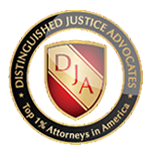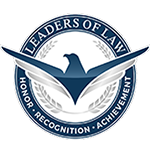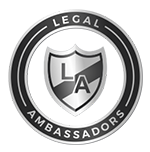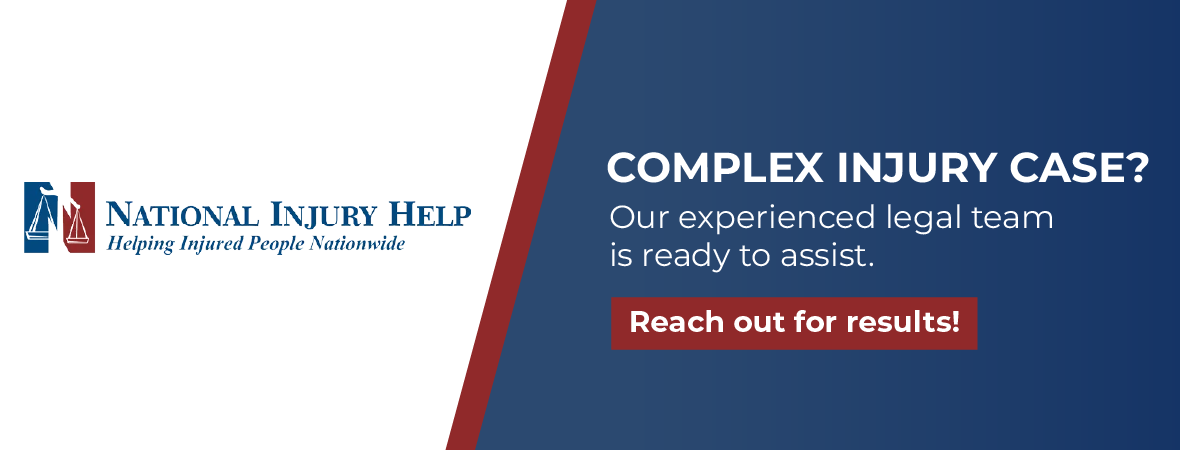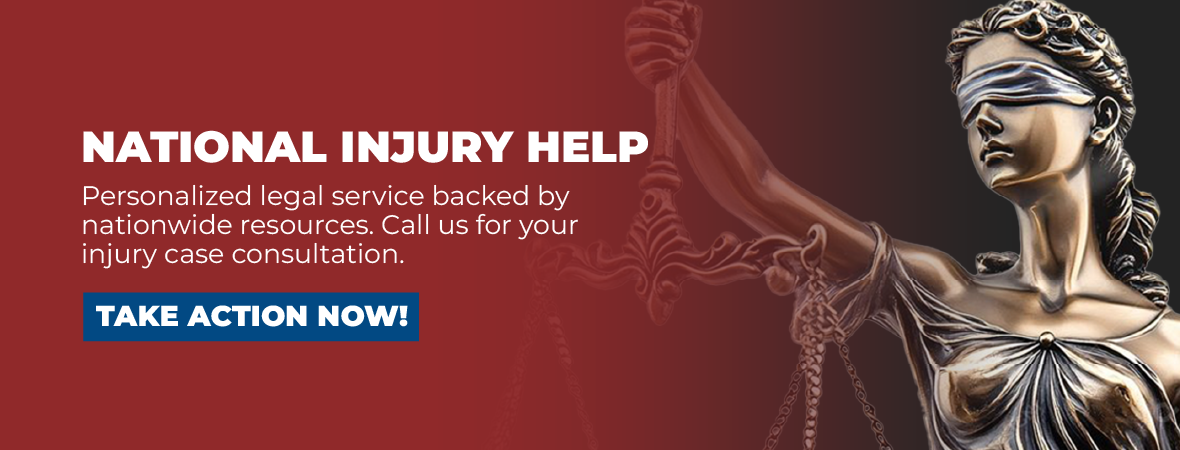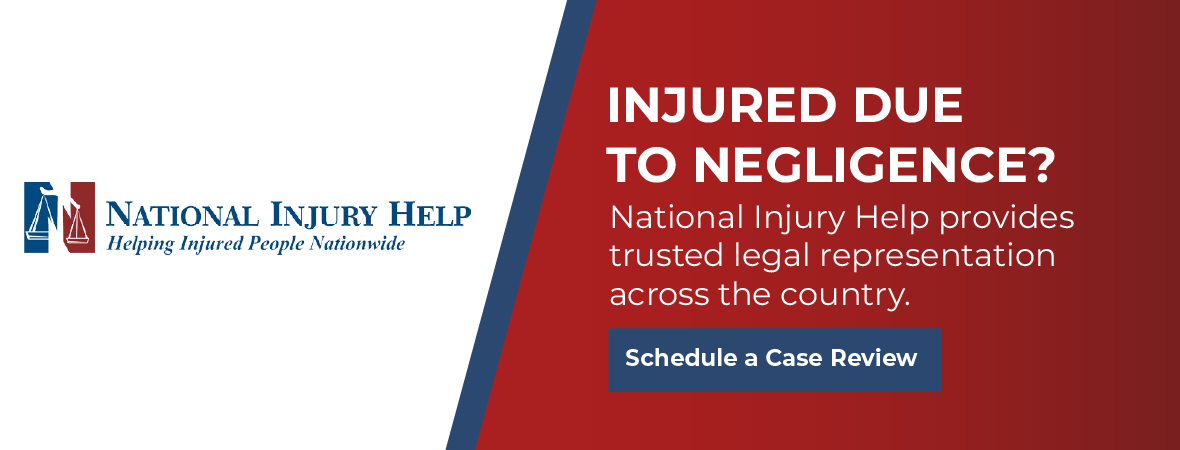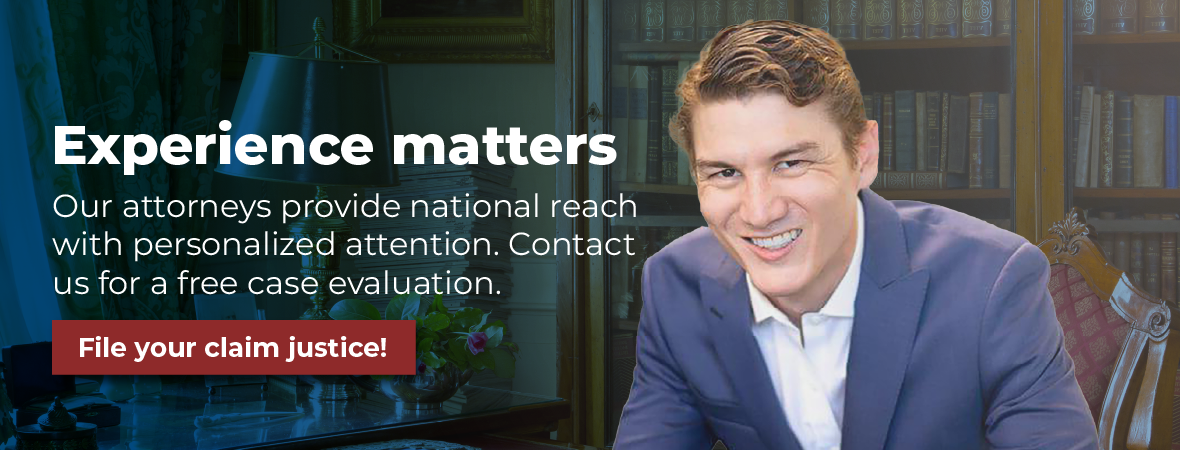If you were hurt in an Uber or Lyft accident in Casa Grande, figuring out who is responsible can be confusing. Contact our team at National Injury Help by calling 1 (800) 214-1010 today. We are here to handle the legal issues and fight for the compensation you deserve.
Rideshare cars move through Casa Grande at every hour of the day. We call for an Uber when we need a safe ride home from dinner on Florence Boulevard, and we tap the Lyft app when the heat makes walking across the mall parking lot feel impossible. Most trips finish without a problem, yet crashes still happen. When they do, the legal puzzle turns complex very quickly. A claim with Uber or Lyft is not the same as a normal car-to-car claim.
Our legal team at National Injury Help sees this confusion almost every week. Riders ask us why one insurance adjuster says the driver’s personal policy should pay, while another adjuster from a rideshare carrier says the driver was not in the right work period. Drivers tell us they do not know which form to file because the app was on, but no passenger was yet in the car. People hit by a rideshare vehicle wonder if they can sue the platform itself or only the person behind the wheel.
We will walk you through Arizona’s unique insurance system for Uber and Lyft, outline the steps you should take right after any rideshare collision, and show how a local lawyer builds a strong case. We’ll review potential compensation, time limits, and the tactics insurance companies use to save money at your expense.
Common Types of Rideshare Accidents in Casa Grande
Rideshare collisions come in several shapes. Each shape brings a different path to compensation. Understanding how your crash fits into these groups helps you see why one insurance carrier might be on the hook while another is not.
Passenger Injured While Riding in Uber or Lyft
The first pattern is the one most people imagine. You sit in the back seat of a rideshare car, reading a text or adjusting the air vent. Traffic stops ahead on Trekell Road, but your driver does not brake in time.
The front of the car strikes the rear bumper of a sedan, and your shoulder hits the seat in front of you. You feel pain right away, or sometimes it comes a day later. Because you were a paying passenger, the rideshare platform’s one-million-dollar liability policy should cover your medical bills, lost wages, and pain.
The challenge is proving that the driver had already accepted your ride in the app at the time of impact. Screen captures, trip records, and internal data from the platform all help confirm that key detail.
Another Driver Hit by a Rideshare Vehicle
The second pattern involves someone in another car. Imagine you drive through the intersection at Cottonwood Lane when an Uber driver rushes to pick up a fare and rolls through the stop sign. Your door crumples, the airbags deploy, and you end up in the emergency room with a sprained neck.
The rideshare driver’s status in the app will again decide which insurer pays. If the app was off, the driver’s personal carrier takes the claim. If the app was on but no ride was accepted, a lower level of Uber or Lyft coverage applies. If a ride was active, the higher company policy steps in.
Pedestrian or Cyclist Struck by Uber or Lyft
Downtown sidewalks, school crossings, and the paths near Peart Park put walkers and cyclists in close contact with rideshare traffic. When a driver looks down at a navigation map and turns right without noticing someone in the crosswalk, injuries can be severe.
Victims on foot or two wheels do not enjoy the steel cage that protects vehicle occupants, so fractures and head injuries are common. The same status rules apply, yet the company adjusters often shift blame by saying the walker darted into traffic or the cyclist rode outside the bike lane. Immediate witness statements and street camera footage help overcome that blame game.
Rideshare Driver Injured in a Crash
The final pattern covers the driver themselves. If you drive part-time for Lyft to earn extra money and another motorist rear-ends you on Interstate 10, you may still need help untangling coverage periods.
Your personal policy might try to deny the claim because you had the app on. The rideshare policy might respond slowly because no passenger was on board. A lawyer pulls the policy language, the driver agreement, and state statutes to prove which carrier owes benefits for your injuries and car repairs.
Who Is Liable in a Casa Grande Rideshare Accident?
Liability means legal responsibility. In rideshare collisions, the finger often points at more than one party. Each party brings another insurance layer, and each layer can move the final numbers in your favor when handled right.
The Rideshare Driver
Most crashes trace back to a human mistake behind the wheel. A driver may speed, glance at a text, run a red light, or follow too closely.
When the rideshare driver is clearly at fault, that driver and the driver’s policy sit in the primary seat of liability. Whether the personal policy or the company policy pays depends on the driver’s work status at the moment just before impact.
Another Driver
Sometimes, the Uber or Lyft operator is the one who hit rather than the one who caused the crash. In that case, a third-party driver becomes liable. Proof comes from police reports, dash-cam recordings, and witness statements.
Even then, the rideshare policies may still cover passengers through uninsured or underinsured motorist provisions if the at-fault driver has no coverage or flees the scene.
Uber or Lyft Through Indirect Liability
The platforms often say drivers are independent contractors, not employees. Even so, Arizona law and the rideshare contracts create situations where the company must step forward. When the trip is in the accepted or active ride stage, the platform offers high-limit liability insurance.
Though you may not sue the company directly for negligence in hiring or supervising without special facts, its insurer can still pay. Identifying those facts requires digging into app records and driver background files.
Vehicle Manufacturers or Government Entities
A crash can stem from a brake defect or a faulty airbag as well. Poorly designed intersections or road surfaces full of potholes may also play a part. In those cases, automakers or public agencies can share liability with the drivers and the rideshare platform. Claims against the government carry shorter deadlines, so early legal review is critical.
How Arizona Rideshare Insurance Coverage Works
Insurance law often feels like a foreign language. With Uber and Lyft, that language gets even more complex because three distinct periods change the size of the policy limit.
Three Coverage Periods for Uber and Lyft
When a driver has the rideshare app turned off, only personal auto insurance applies. Anything beyond that private policy is out of reach.
When the driver turns the app on and waits for a ride request, the company provides limited liability coverage, typically fifty thousand dollars per person for bodily injury and one hundred thousand per accident in total, plus twenty-five thousand for property damage.
When the driver accepts a ride or carries a passenger, the platform unlocks a one-million-dollar policy. This higher limit protects riders, other drivers, pedestrians, and cyclists. It can also help an injured rideshare driver if the opposing motorist has no coverage.
Comparing Uber and Lyft Insurance Policies
Both platforms follow the same three-stage structure. The main variations show up in deductibles for collision or comprehensive damage to the driver’s own car.
For example, Lyft may require a two-thousand-five-hundred-dollar deductible, while Uber may set it at two thousand. These numbers matter to drivers who need car repairs after a crash. Riders and third-party victims usually focus on the liability portion, which remains equal at one million once the ride starts.
What Happens If the Other Driver Is Uninsured
Arizona requires all drivers to carry insurance, yet many still go without. When an uninsured driver slams into an Uber that carries a paying rider, the rideshare company’s uninsured or underinsured motorist coverage can step in.
This protection often matches the one-million-dollar limit, but accessing it requires proof that the at-fault party truly lacks coverage or that coverage is too low to pay your losses. Police reports, DMV confirmation letters, and settlement offers become part of that proof.
Why You Still Need Legal Representation
Even with large limits on paper, rideshare insurers do not hand out checks easily. They may question medical bills, claim you had preexisting injuries, or argue that the driver’s app was not fully active.
An attorney gathers timestamped photos, downloads app data, and lines up expert witnesses to keep the claim on track. A lawyer also calculates future medical costs and lost earnings, numbers that insurers often overlook.
What to Do After a Rideshare Accident in Casa Grande
Pain and confusion can cloud judgment in the first minutes after a crash. A clear plan helps protect both health and legal rights.
Get Medical Attention Immediately
Always seek care even if adrenaline masks pain. Emergency doctors at Banner Casa Grande Medical Center will run scans that find hidden injuries and will create records that link every symptom to the collision.
Call the Police and File a Report
A police report stands as an unbiased piece of evidence. Officers note road conditions, driver statements, and any tickets issued. Later, that report anchors the story when memories fade.
Document the Scene
If you can move safely, take photos of the vehicles, license plates, skid marks, injuries, and even the rideshare app screen that shows the trip in progress. Those images freeze details before traffic clears and apps update.
Report the Incident to Uber or Lyft via the App
Both platforms require crash reports within a set time. You can open the past trip in the app and tap Help, then choose the accident option. Give only basic facts. Avoid detailed statements about fault until a lawyer reviews them because your words can travel straight to an insurance adjuster.
Contact a Rideshare Accident Lawyer Early
Evidence such as electronic ride logs, GPS pings, and vehicle telematics can vanish or be overwritten within days. A lawyer sends preservation letters, orders black-box downloads, and begins building your claim before critical proof disappears.
How a Casa Grande Rideshare Accident Lawyer Can Help
A skilled attorney does more than file paperwork. We shape complex facts into a clear picture that forces insurers to pay full value.
Determine Liability
We start by pulling app activity logs that show the driver’s status. We review dash-cam footage, talk with witnesses, and inspect both vehicles. We also look at driver history for prior tickets or platform warnings. Together, these pieces reveal why the crash happened and who bears legal blame.
Deal With Insurance Companies
Uber and Lyft contract with large national carriers that have teams of adjusters. Those adjusters work to pay as little as possible. We speak the same insurance language and push back against every low offer, delay tactic, or blame-shifting scheme.
Maximize the Value of Your Claim
Medical bills arrive quickly, but future costs often stay hidden. We ask surgeons, therapists, and vocational experts to detail upcoming procedures, rehab plans, and job limitations. We place dollar figures on pain, sleep loss, and lost time with family, factors that the insurance formulas tend to ignore.
File a Lawsuit if Needed
Most claims settle, yet some require a trial to reach fair numbers. We file suit in Pinal County Superior Court, exchange evidence during discovery, take depositions, and prepare exhibits that explain the crash in plain language. Trial readiness often moves insurers to raise offers. If trial does come, we stand beside you and present every fact with clarity.
Offer Contingency Fee Agreements
You never pay us upfront. We cover filing fees, expert reports, and investigation costs. Our fee comes as a percentage of the money we recover for you. If we do not win, you owe nothing.
What Compensation Can You Recover After a Rideshare Crash?
Arizona law allows victims to claim both economic and non-economic damages. A complete demand covers every way the crash disrupts life.
Medical Expenses
Compensation starts with ambulance transport, emergency room care, scans, surgery, and hospital stays. It then continues through rehab, medication, and any future procedures doctors predict you will need.
Lost Wages and Future Earnings
If injuries keep you away from work for weeks, the paychecks you missed belong in the claim. If lasting impairments block a promotion or end a career, we calculate the difference between what you would have earned and what you can now earn.
Property Damage
Many victims ride as passengers, yet some own the other vehicle or are hit by the rideshare car. Repairs or replacement costs form part of the demand.
Pain and Suffering
Physical pain, lingering headaches, reduced mobility, and mental strain carry real value. A fair settlement acknowledges the hours of discomfort and the emotional burden placed on you and your family.
Wrongful Death Damages
When a rideshare crash claims a life, the surviving family may seek funeral costs, lost support, and loss of companionship. Arizona law outlines who can bring such claims and how damages are measured.
FAQs About Uber and Lyft Accidents in Casa Grande
What if you were a passenger and the rideshare driver caused the crash?
The platform’s one-million-dollar policy should cover your injuries if you were a passenger and the rideshare driver caused the crash.
Do the companies cover accidents if the app was on but no ride was accepted?
A lower policy applies during that waiting period, so you still have some protection if no ride was accepted but the app was on.
Can you sue Uber or Lyft directly?
Direct lawsuits against big rideshare companies like Uber or Lyft are rare but possible when special facts show the company’s own negligence. Usually, claims target the insurer tied to the driver’s work status.
How long do you have to file in Arizona?
In Arizona, you generally have two years from the crash date to file a claim, but shorter limits apply if a government entity shares fault.
What if an Uber driver hit you and fled?
If an Uber driver hit you and fled the scene, police reports, camera footage, and your own uninsured motorist policy can still supply recovery paths. We help coordinate each step.
Contact an Uber Crash Attorney in Casa Grande Today
Rideshare claims move on digital evidence that can disappear with the next app update or data cycle. Witness memories fade, and state deadlines tick away. Calling a local lawyer right now protects every piece of proof.
Our team knows the traffic flow around the Promenade, the rush patterns on Interstate 10, and the filing rules of the Pinal County courts. That knowledge shortens delays and sharpens strategy.
National Injury Help charges nothing to review your case. We work on contingency, so our interests align with yours. If we do not secure money for you, we do not collect a fee. We serve Casa Grande, Arizona City, Eloy, Maricopa, Coolidge, and all nearby towns.
If you suffered a Lyft injury in AZ, call 1 (800) 214-1010 now. You will speak directly with a lawyer who understands the rideshare system and who is ready to begin the fight for the compensation you deserve.

